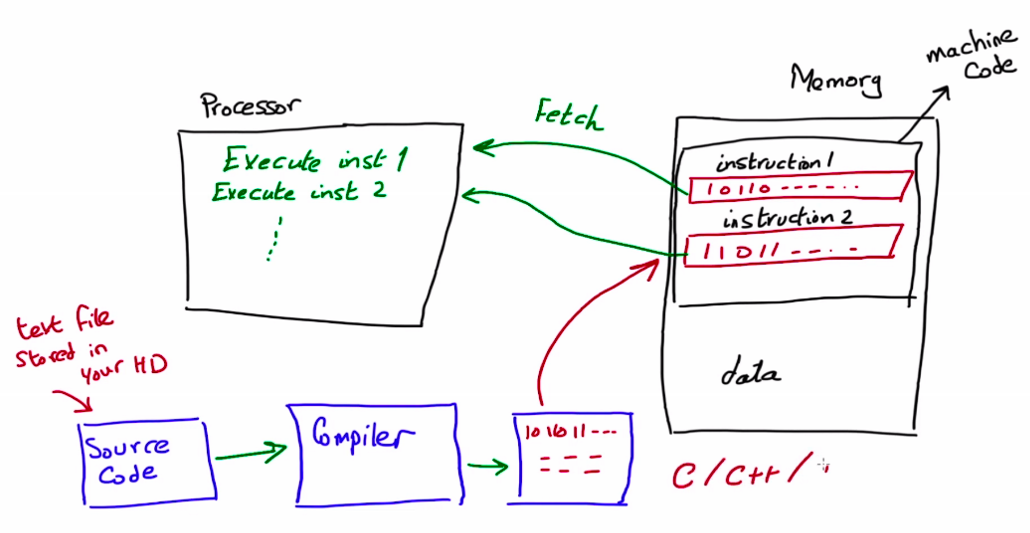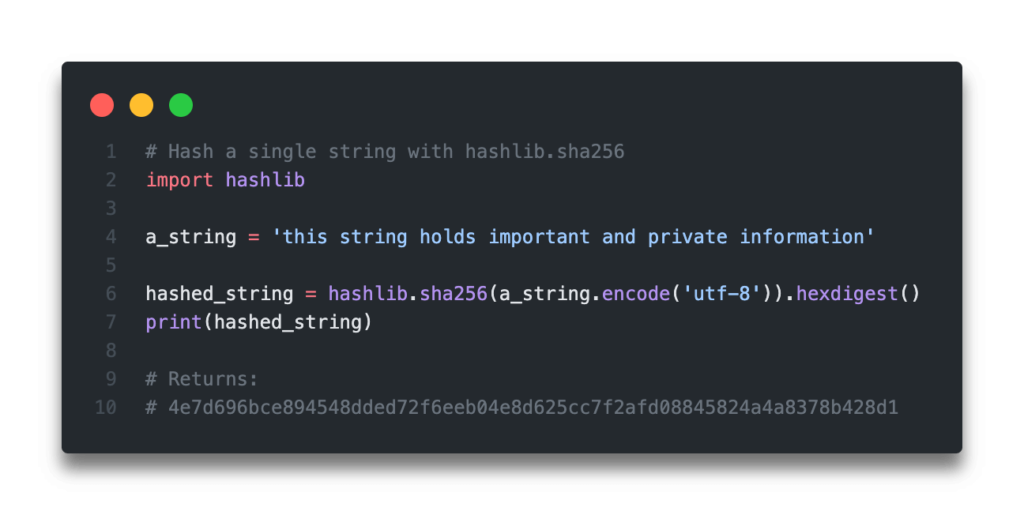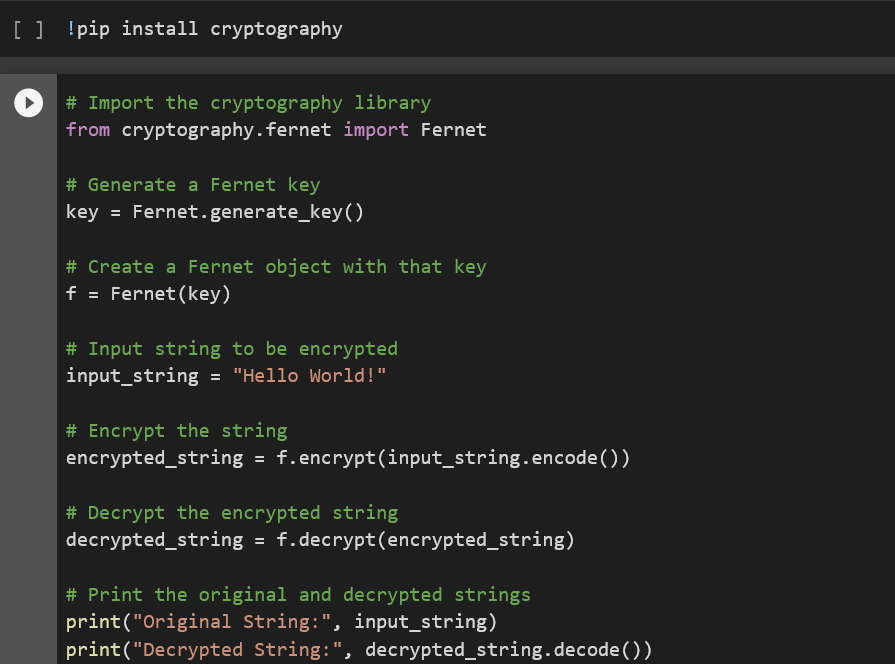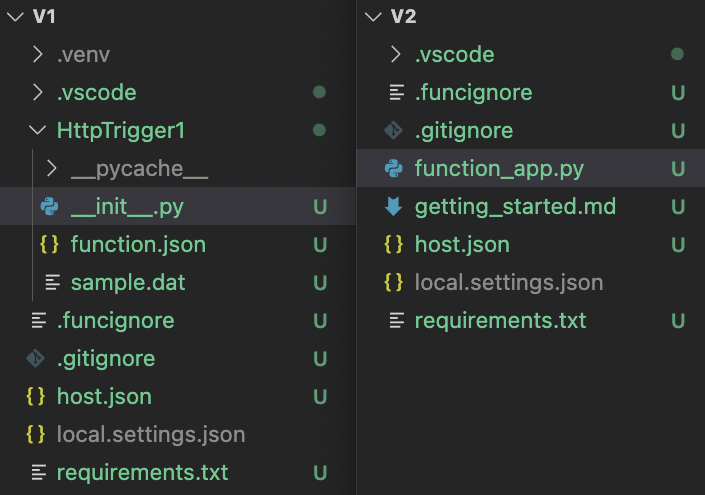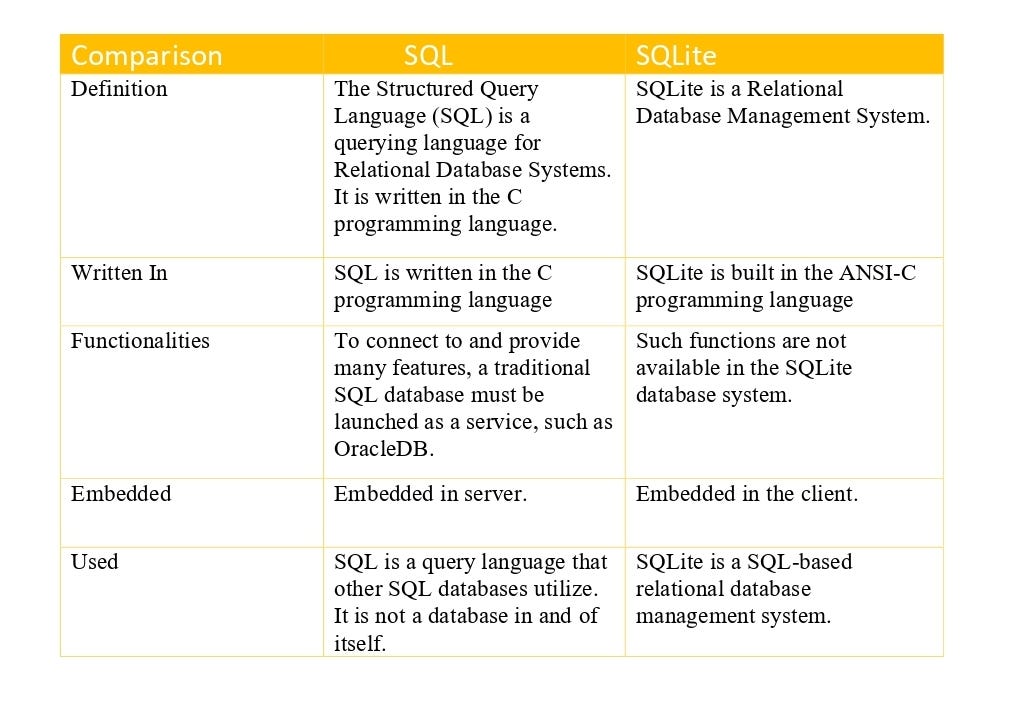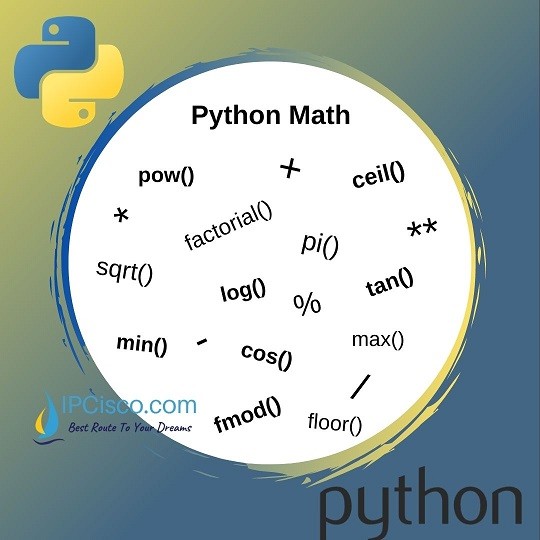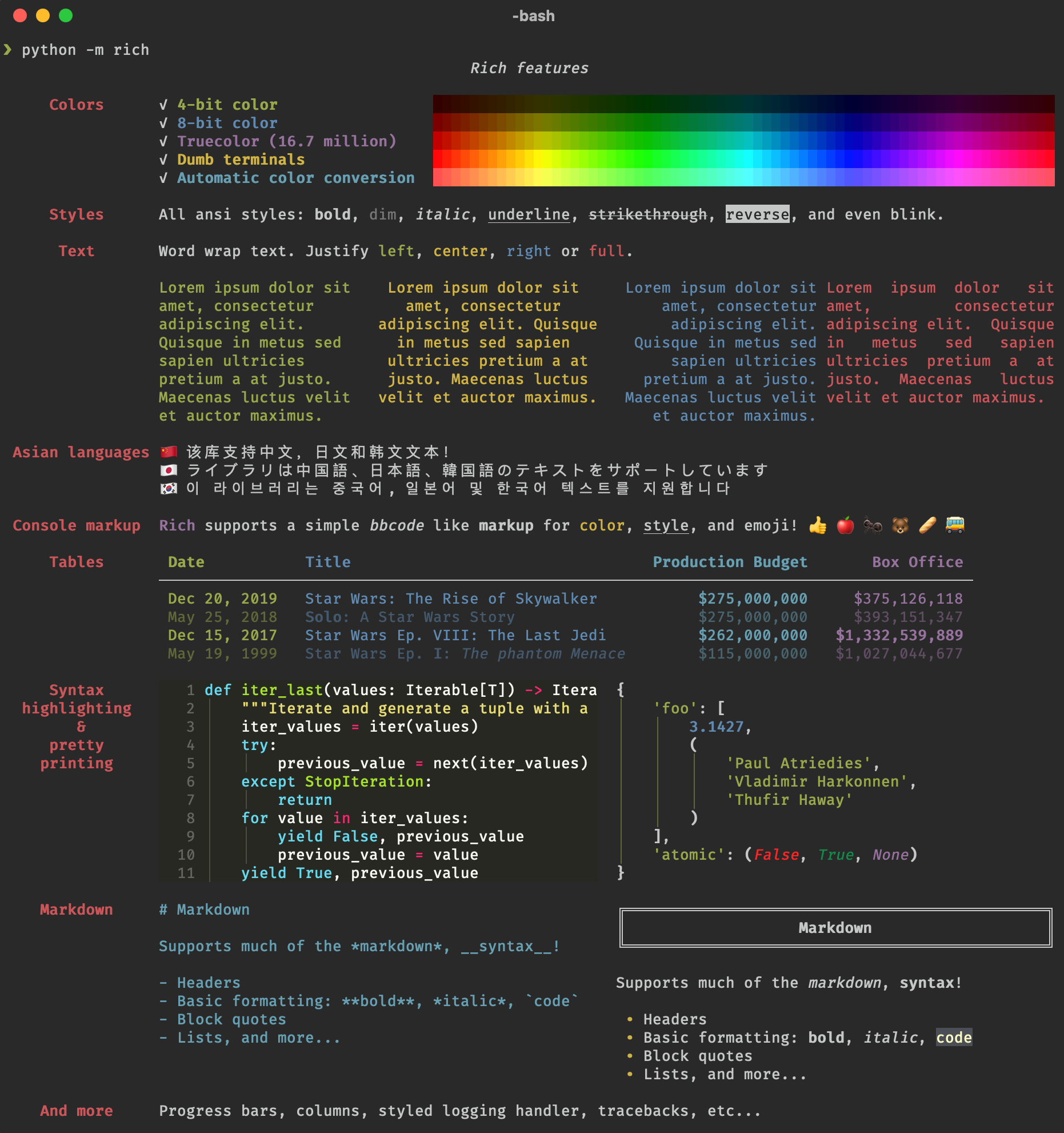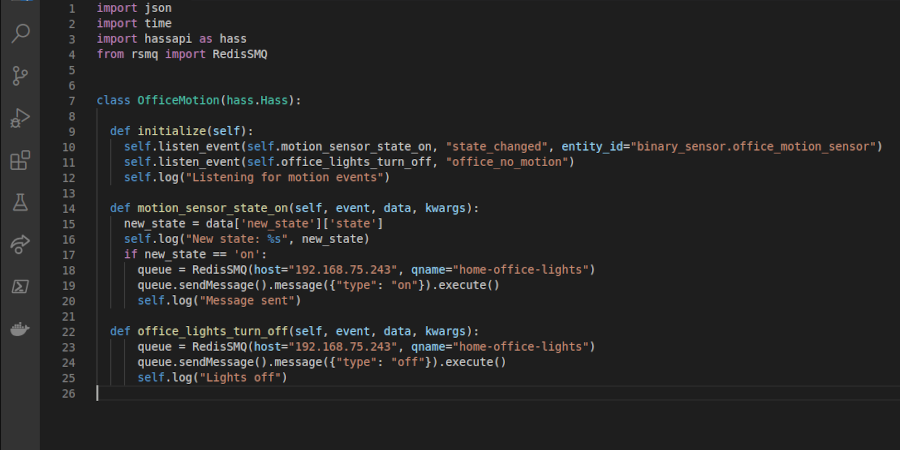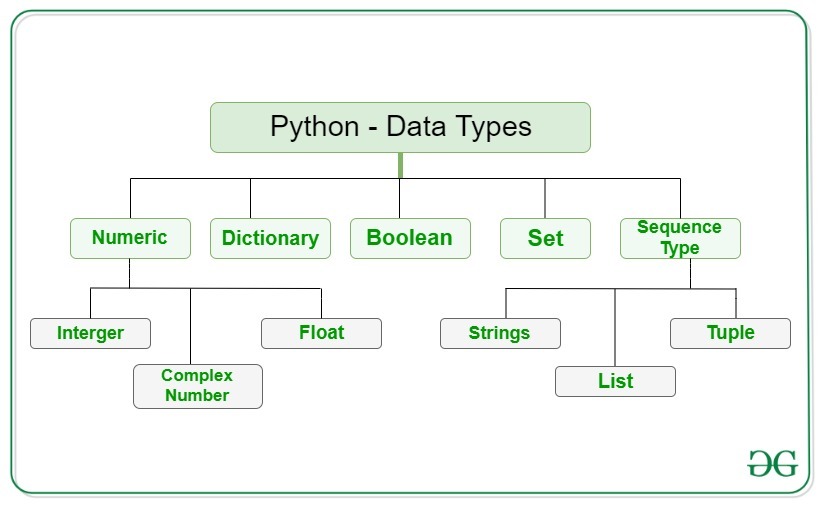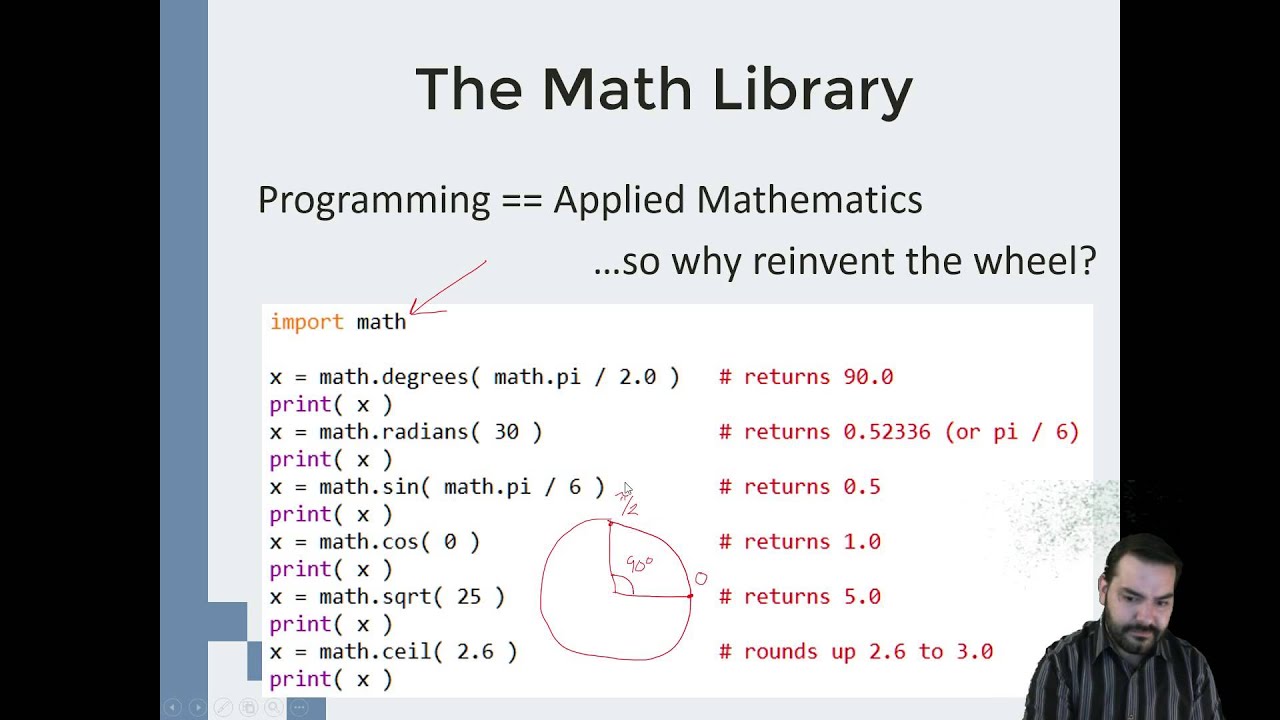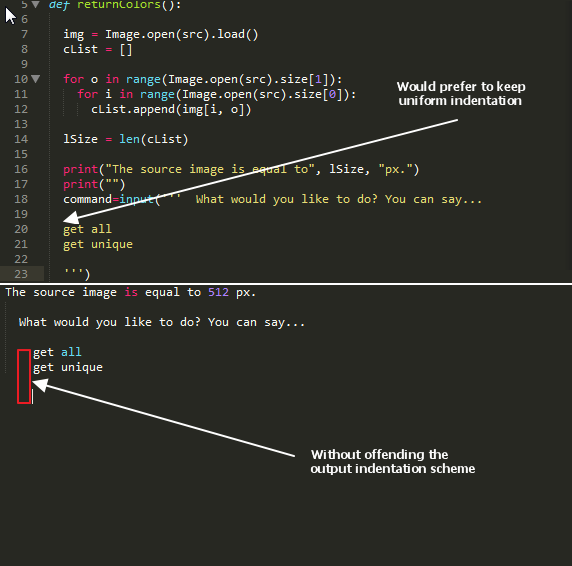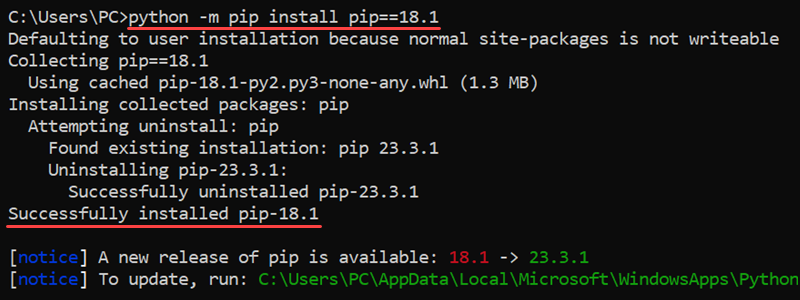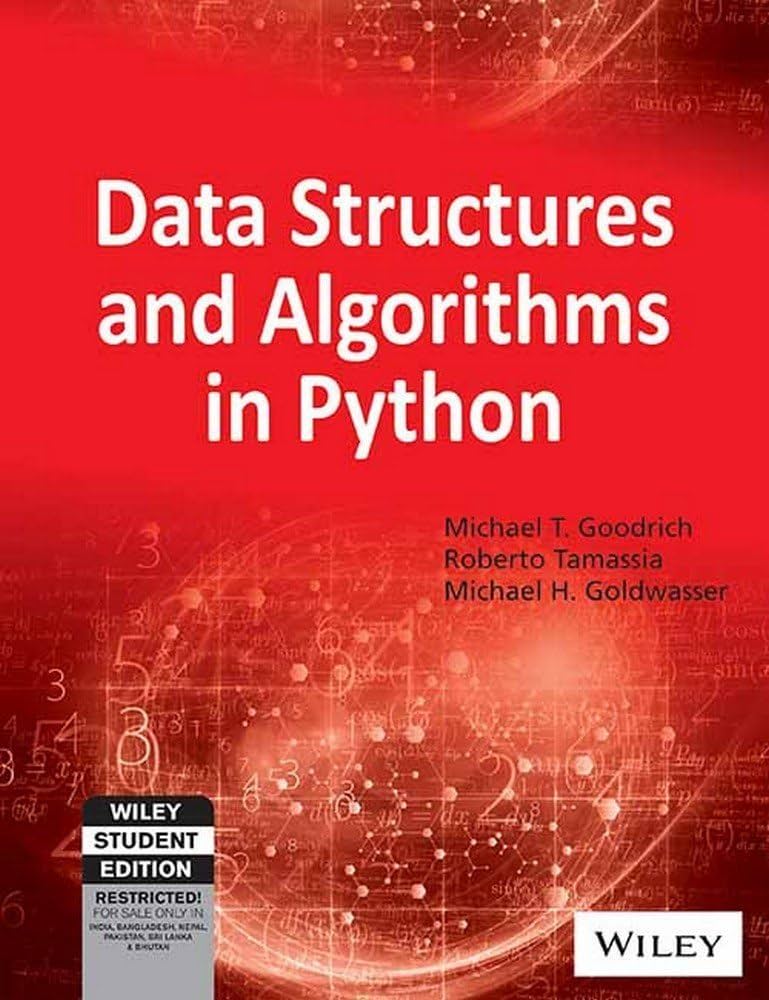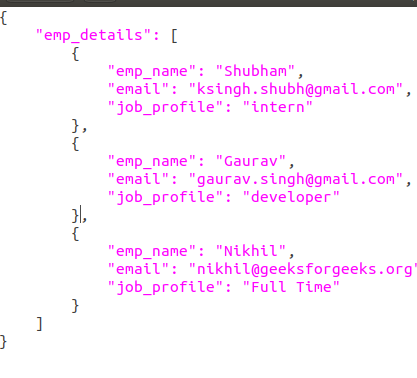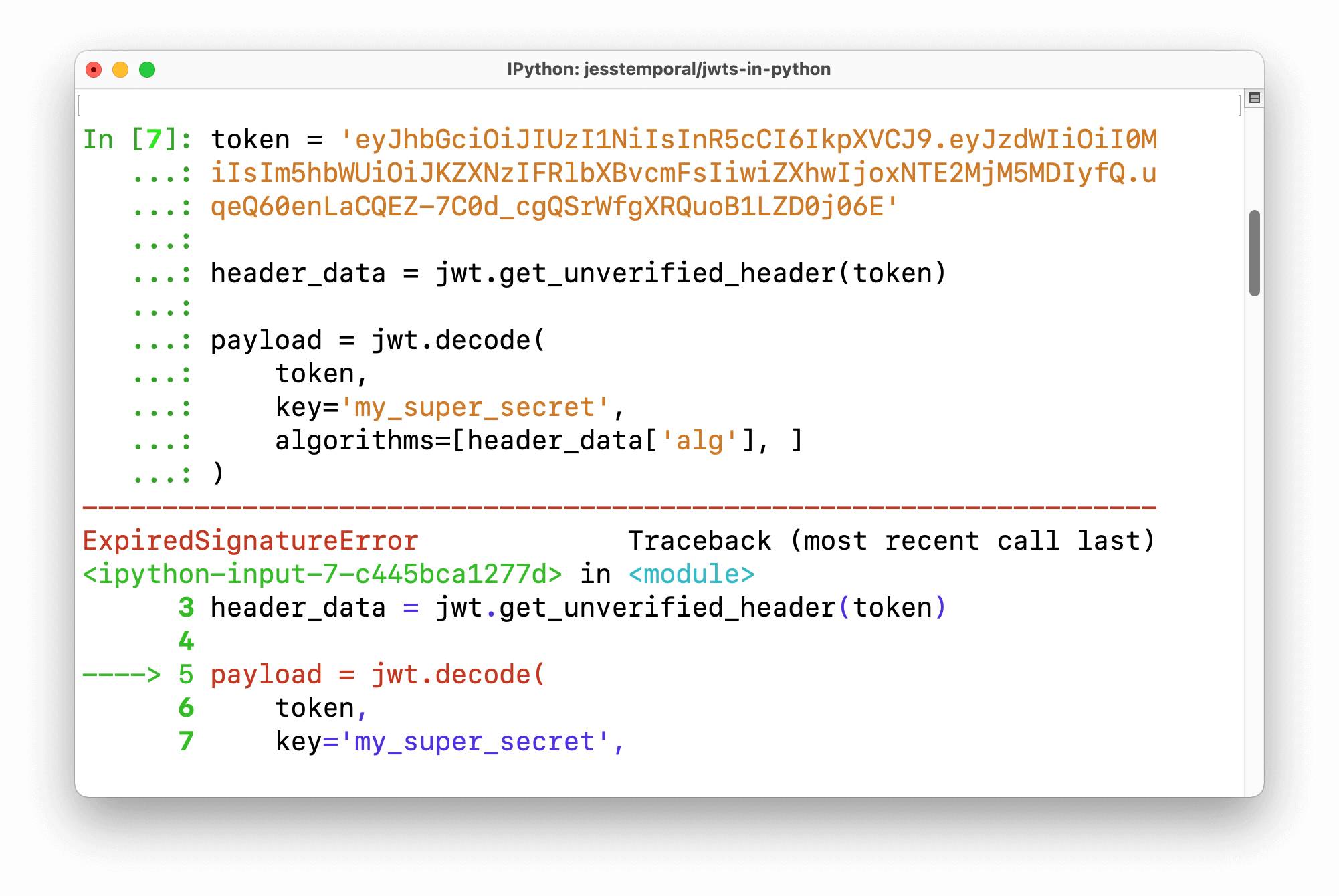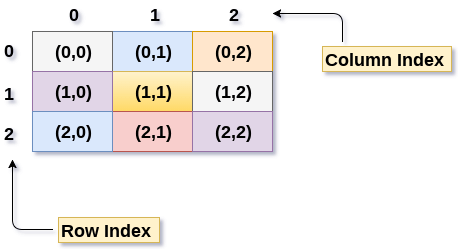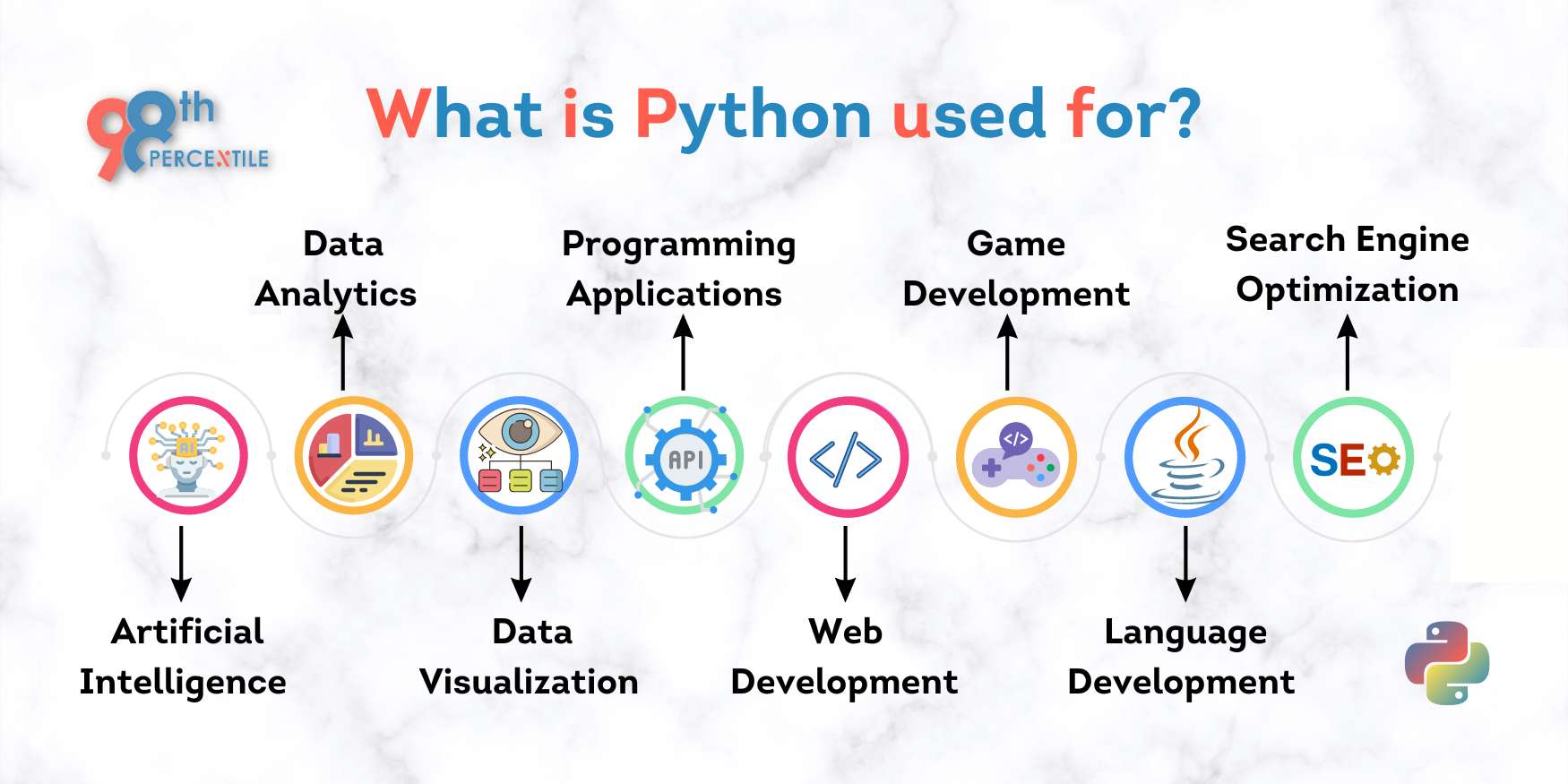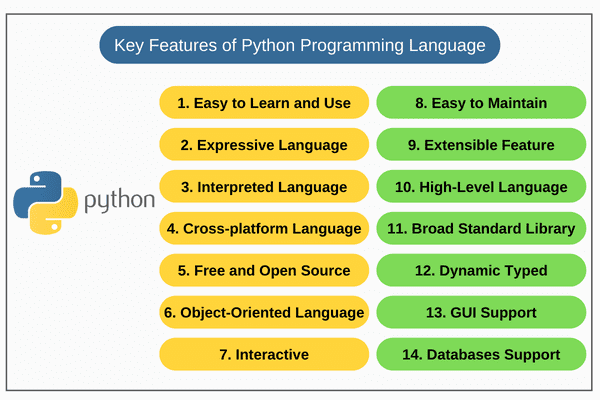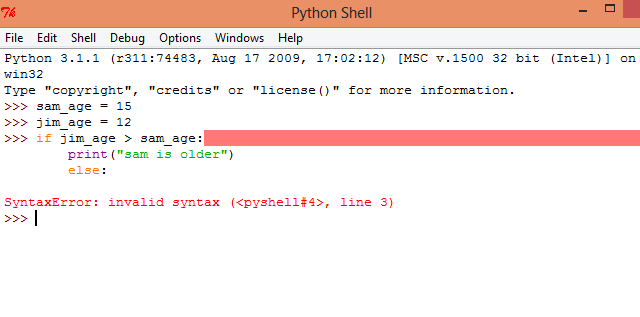Does Python have third-party libraries?
Does Python have third-party libraries?
I'm happy to respond in English!
Yes, Python has an extensive collection of third-party libraries that can greatly enhance its functionality and versatility. These libraries are developed by the Python community and can be easily installed and used with the help of Python's package manager, pip.
Third-party libraries, also known as external libraries or packages, are software components developed outside of Python's standard library. They can provide a wide range of functionalities, from data analysis and visualization to web development and machine learning.
Some popular third-party libraries in Python include:
NumPy: The NumPy library is a fundamental package for scientific computing with Python. It provides support for large, multi-dimensional arrays and matrices, and is the foundation of most scientific computing packages. Pandas: The Pandas library is a powerful data analysis tool that provides data structures and operations for manipulating numerical tables and time series. Matplotlib: This library is used to create static, animated, and interactive visualizations in Python. It allows you to produce high-quality 2D and 3D plots, charts, and graphs. scikit-learn: The scikit-learn library is a machine learning toolkit for Python that includes various algorithms for classification, regression, clustering, and more. Flask: This micro web framework is designed to be simple and easy to use, making it ideal for building small to medium-sized web applications. Django: This high-level web framework is built on the principles of Python and is used to build complex web applications quickly. requests: The requests library is a popular package that allows you to send HTTP requests and interact with web servers in Python.These libraries, along with many others, can be easily installed using pip. For example, to install the requests library, you would simply run the command pip install requests.
Python's large collection of third-party libraries is one of its greatest strengths. It allows developers to focus on building their applications without having to worry about implementing complex features or algorithms from scratch.
In summary, Python has a vast array of third-party libraries that can greatly enhance its functionality and versatility. These libraries provide a wide range of functionalities, from data analysis and visualization to web development and machine learning, making Python an incredibly powerful tool for building all sorts of applications.
Python libraries list
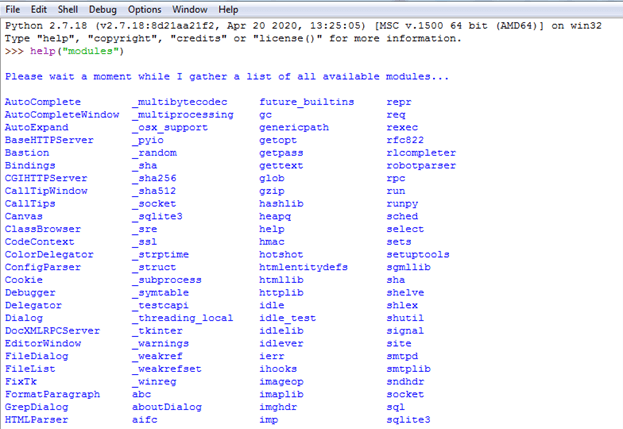
I'll respond in English and provide a list of popular Python libraries, which is at least 300 words. Here's the list:
Data Analysis
NumPy: The fundamental package for scientific computing with Python. Pandas: A library providing high-performance, easy-to-use data structures and data analysis tools for the Python programming language. SciPy: A free open-source software for scientific and engineering applications that includes modules for optimization, linear algebra, integration, interpolation, and more.Machine Learning
scikit-learn: A machine learning library for the Python programming language. TensorFlow: An open-source software library for numerical computation, particularly well-suited to large-scale Machine Learning tasks. Keras: A high-level neural networks API that can run on top of TensorFlow or Theano.Web Development
Flask: A micro web framework written in Python. Django: A free and open-source web framework written in Python. Pyramid: A small, fast, flexible and modular web development framework for Python.Mathematics
SymPy: A Python library for symbolic mathematics. Mpmath: A pure Python library for arbitrary-precision arithmetic. SageMath: A free open-source mathematics software system based on Python.Graphics and Gaming
Pygame: A set of Python modules designed for writing video games. Pyglet: A cross-platform windowing and multimedia library for Python. Pillow: The friendly PIL fork, a powerful and easy-to-use library for opening, manipulating, and saving many different image file formats.Networking
Scapy: A powerful interactive packet manipulation program and library. Twisted: An event-driven networking framework written in Python. Paramiko: A set of Python modules which provide a high-level interface to the SSHv2 protocol.Audio and Video
Pydub: A simple and easy-to-use Python library for manipulating audio. MoviePy: A Python module for video editing. OpenCV: A computer vision library with applications in various fields such as image processing, object detection, facial recognition, etc.Database
SQLAlchemy: A SQL toolkit for Python that provides a high-level database abstraction. Django ORM (Object-Relational Mapping): A powerful way to interact with databases using Python code instead of writing raw SQL. PyODBC: An ODBC library for Python that allows you to connect to any data source that has an ODBC driver.Scientific Computing
SciPy: A free open-source software for scientific and engineering applications that includes modules for optimization, linear algebra, integration, interpolation, and more. Astropy: A Python package which provides a common interface to many astronomy-specific functions such as celestial coordinate conversions, atmospheric corrections, etc. Maya: A 3D computer animation, modeling, simulation, and rendering software developed by Autodesk.Utilities
requests: A simple HTTP library for human beings. beautifulsoup4: A Python library that creates parse trees from XML or HTML documents. logging: Python's standard library module for logging events in your program.This is not an exhaustive list, but it includes many popular and well-established Python libraries across various domains.
